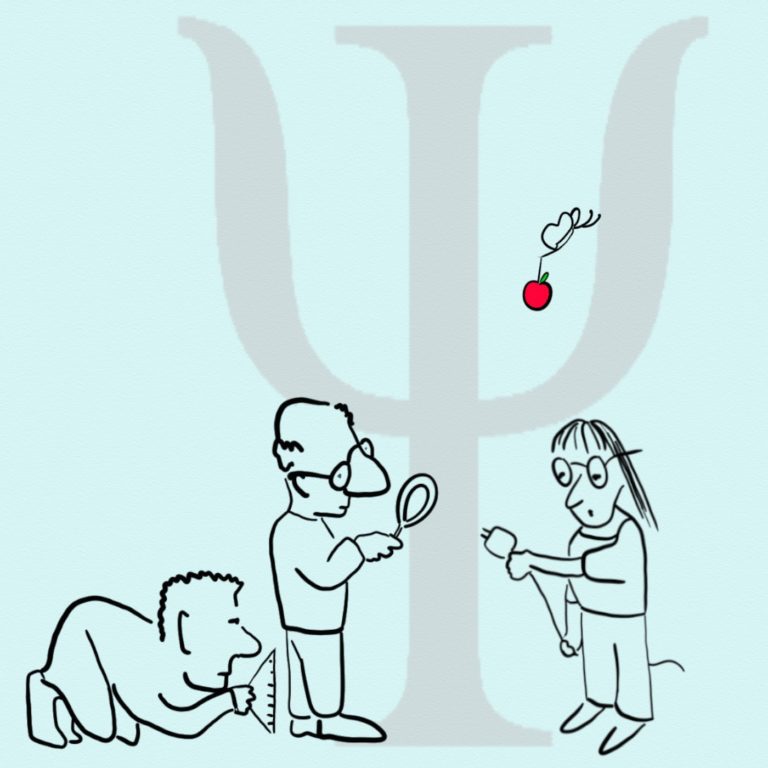Lives of the Unconscious
Summary:
Psychoanalysis is an exotic resident in the house of science. A wide variety of disciplines have borrowed from it, from neuroscience to the social sciences, to art and literature. At the same time, it has often been confronted with the accusation of being unscientific. We will dedicate two episodes of our podcast to just this question. In the first episode, we look at the scientific status of psychoanalysis.
Visit our website: www.psy-cast.org
Support us on Patreon and get the scripts to the episodes: www.patreon.com/lives
Links:
- Anna Freud Centre, London
- International Psychoanalytic University, Berlin
- San Francisco Psychotherapy Research Group
- Sigmund Freud Institut, Frankfurt
- Jonathan Shedler
- Institutions worldwide
Literature Recommendations:
- Albani, C. & Blaser, G. & Jacobs, U. & Jones, E. & Geyer, Michael & Kächele, Horst. (2000). The ‘Psychotherapy Process Q-Sort’ method. 48. 151–171.
-Benjamin, J. (1998). Shadow of the Other: Intersubjectivity and Gender in Psychoanalysis. Routledge: London - Bereswill, M., Morgenroth, C., & Redman, P. (2010). Alfred Lorenzer and the depth-hermeneutis method. Psychoanalysis, Culture & Society, 15(3), 221–250.
- Cartwright, Duncan. (2004). The Psychoanalytic Research Interview: Pre-liminary Suggestions. Journal of the American Psychoanalytic Associa-tion. 52. 209–42.
- Fonagy, P., Gergely, G., Target, M. Psychoanalytic Constructs and At-tachment Theory and Research (2008). In: Cassidy, J. & Shaver, P.: Handbook of Attachment, 783–810. New York: Guilford.
- Frogett, L., & Hollway, W. (2010). Psychosocial research analysis and scenic understanding. Psychoanalysis, Culture and Society, 15(3), 281–301.
- Hollway, W., & Frogett, L. (2012). Researching in-between subjective ex-perience and reality. Forum: Qualitative Social Research, 13(3), Art. 13.
- Huang, H.Y. & Kirsner, D. (2020) The History of Psychoanalysis in China, Psychoanalytic Inquiry, 40:1, 3-15.
- Leuzinger-Bohleber, M. & Fischmann, T. (2006). What is conceptual re-search in psychoanalysis? The International Journal of Psychoanalysis, 87, 1355-86.
- Leuzinger-Bohleber, M. & Kächele, H. (2015). An open door review of outcome and process studies in psychoanalysis. ODR III (3. Ed.). Lon-don: International Psychoanalytical Association.
- Lilliengren, P. (2019). Comprehensive compilation of randomized con-trolled trials (RCTs) involving psychodynamic treatments and interven-tions, Stockholm.
- Olesen, S. & Weber, K (2012). Socialization, Language, and Scenic Under-standing. Alfred Lorenzer’s Contribution to a Psycho-societal Method-ology. Forum: Qualitative Social Research, 13(3), Art. 22.
- Sandler, A.M & Davies, R. (2001). Clinical and Observational Psychoana-lytic Research: Roots of a Controversy. Madison, CT: International Uni-versities Press, 2001.
- Seidler, B. N. (2019). Who Sez Psychoanalysis Ain’t Got No Empirical Research to Back Up Its Claims: An Extensive Bibliographic Compen-dium of Studies. JASPER International: Journal for the Advancement of Scientific Psychodynamic Empirical Research: Spurring Research For-ward, 2(1), 63 – 103.
- Shedler, J (2010). The Efficacy of Psychodynamic Therapy. American Psy-chologist, 65, 98–109.
- Solms, M (2018). The Feeling Brain: Selected Papers on Neuropsychoanalysis. London: Routledge.
- Wallerstein, R.S. (2009) What kind of research in psychoanalytic science? The International Journal of Psychoanalysis, 90, 1, 109-133.
